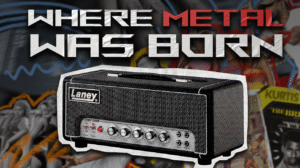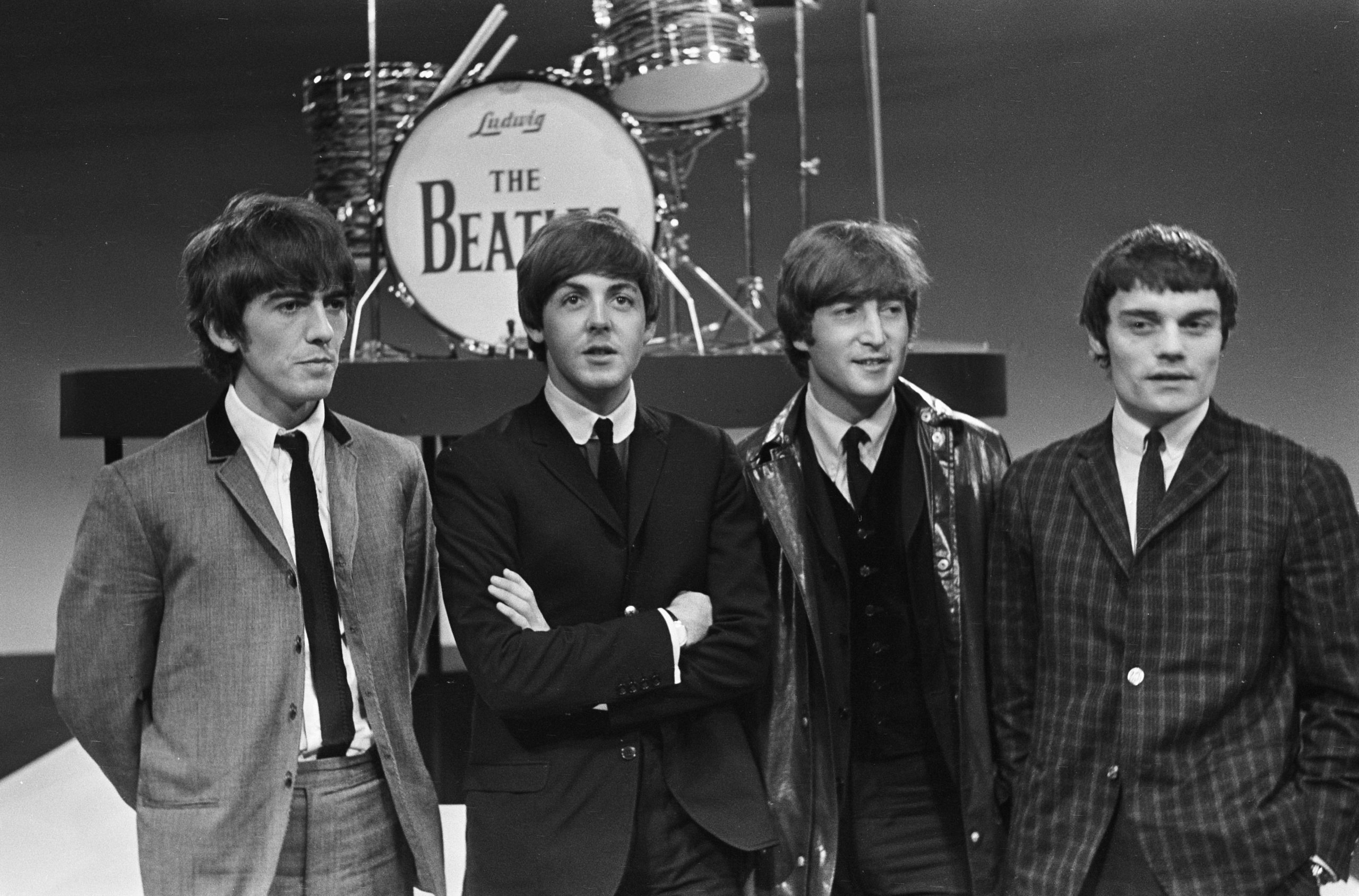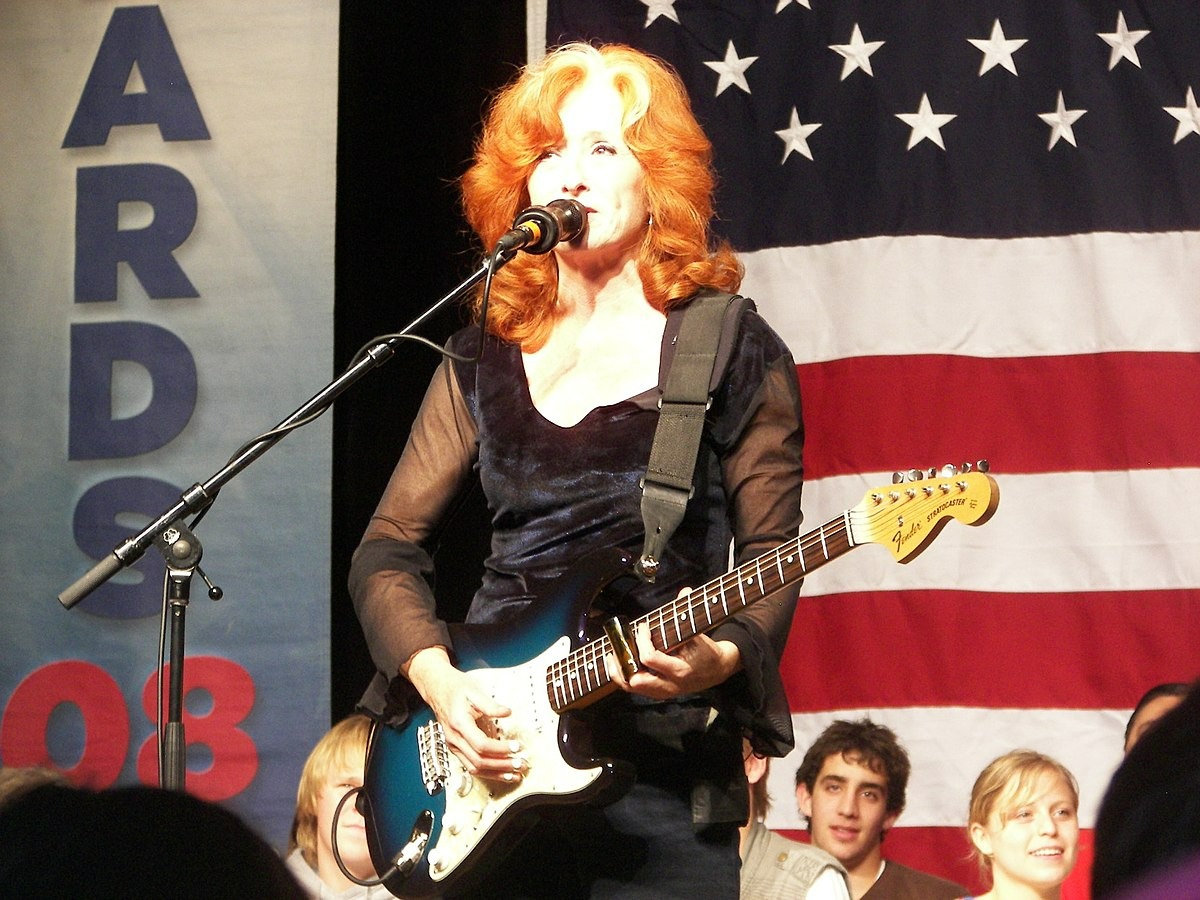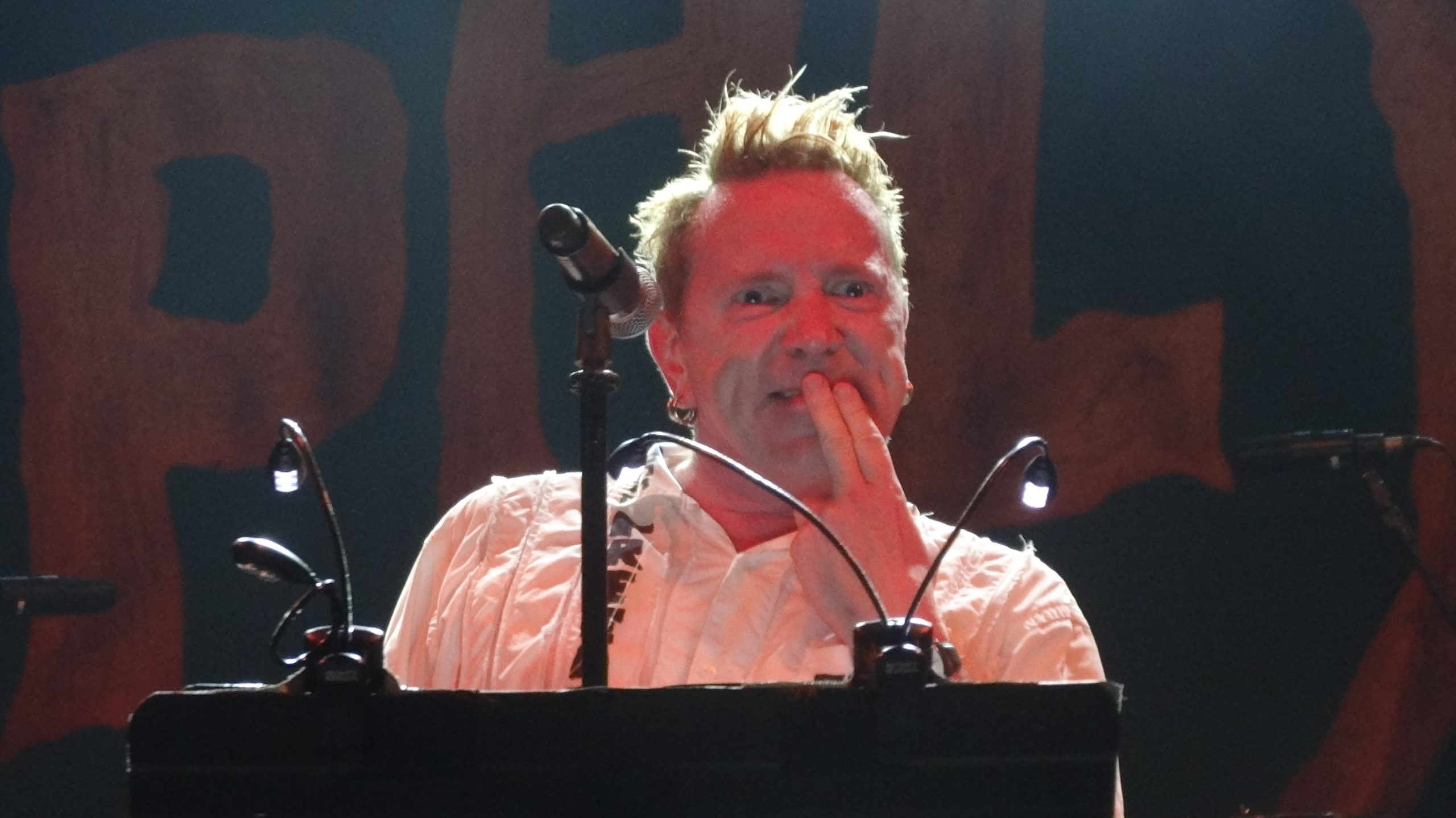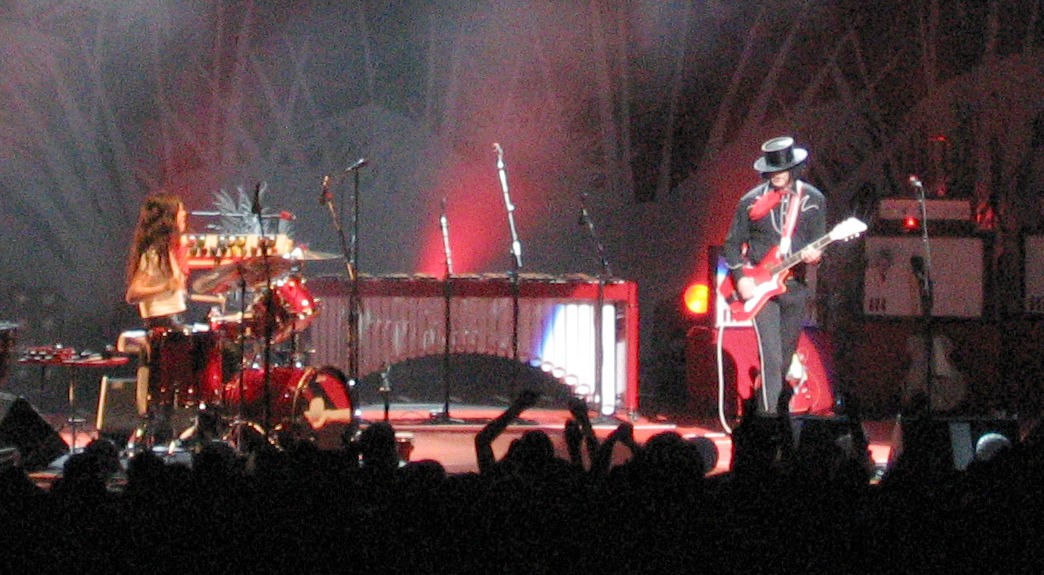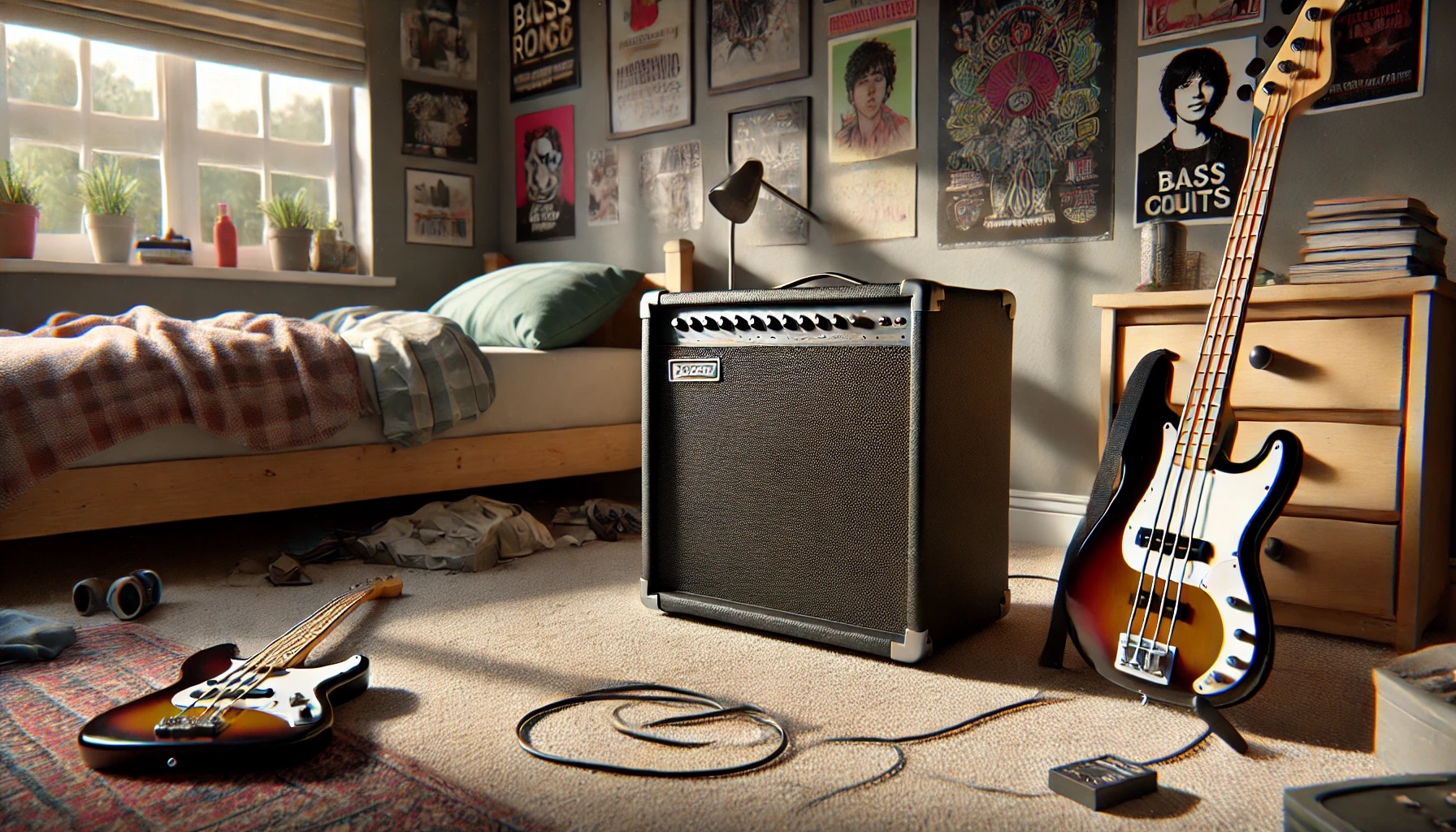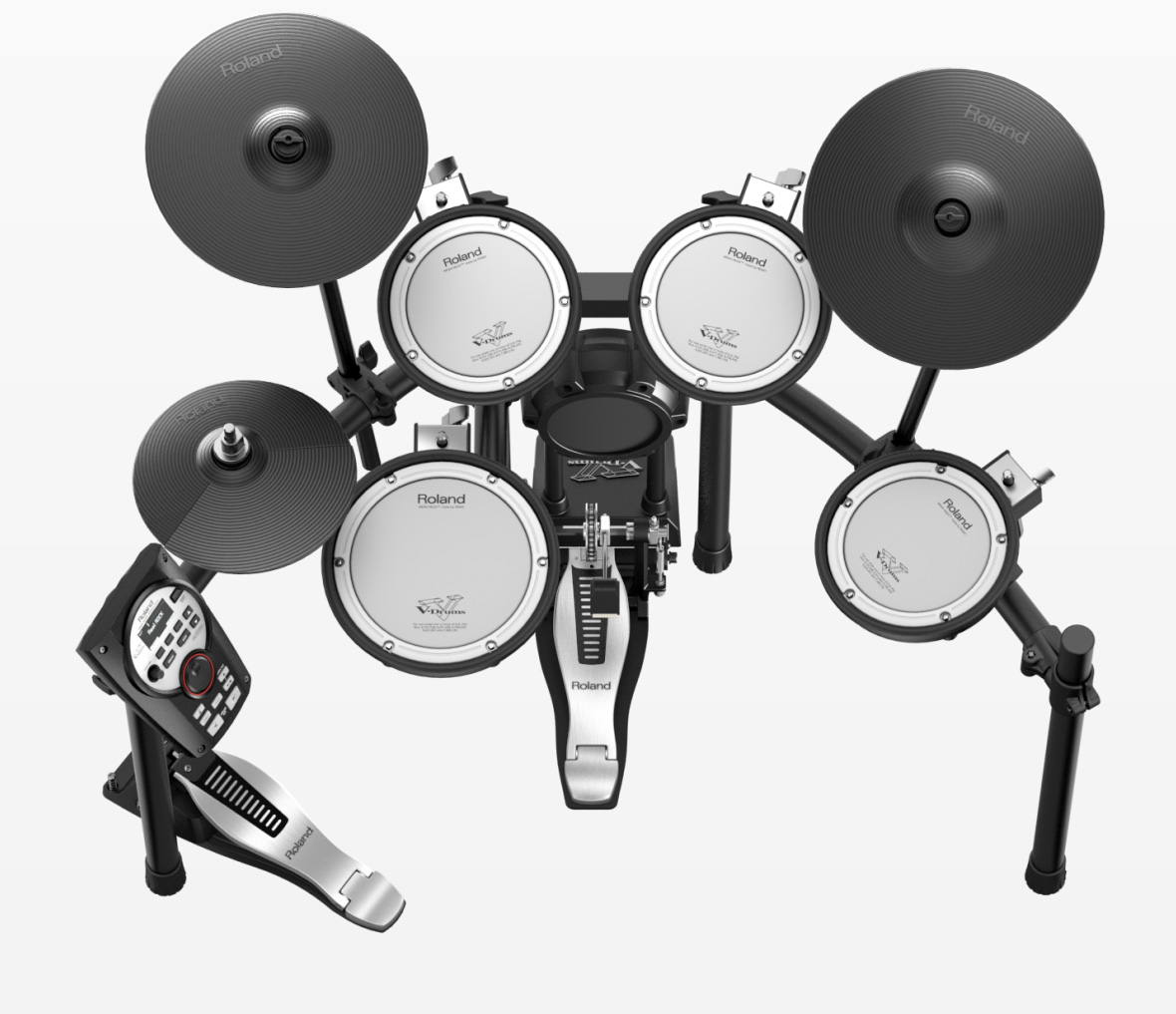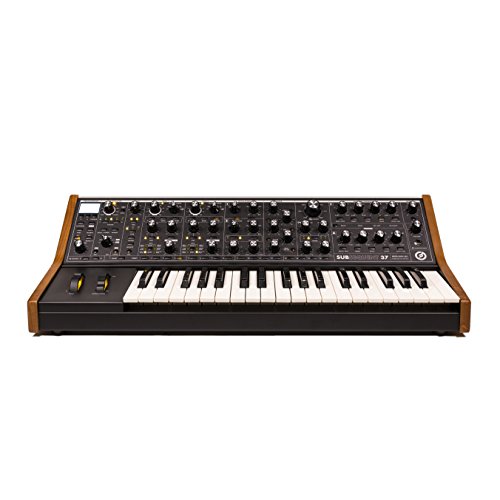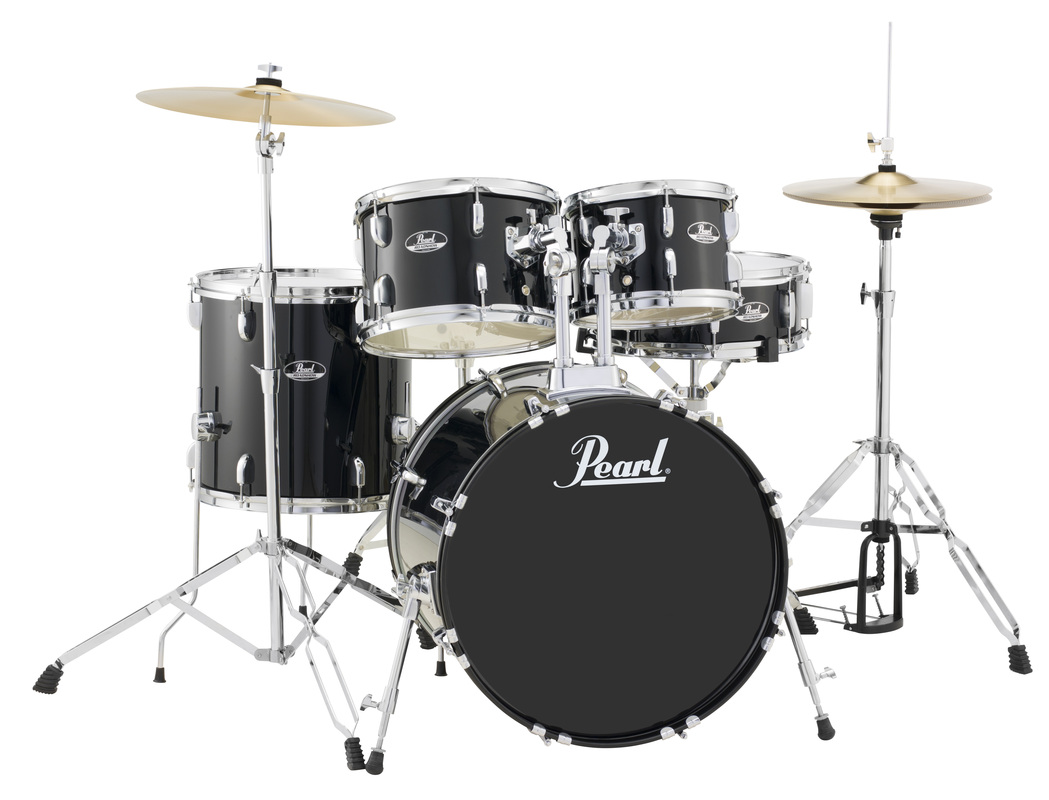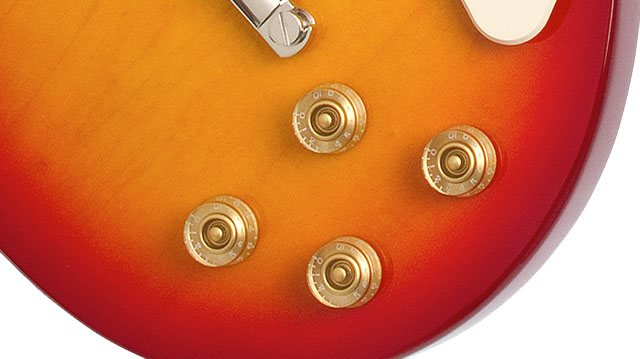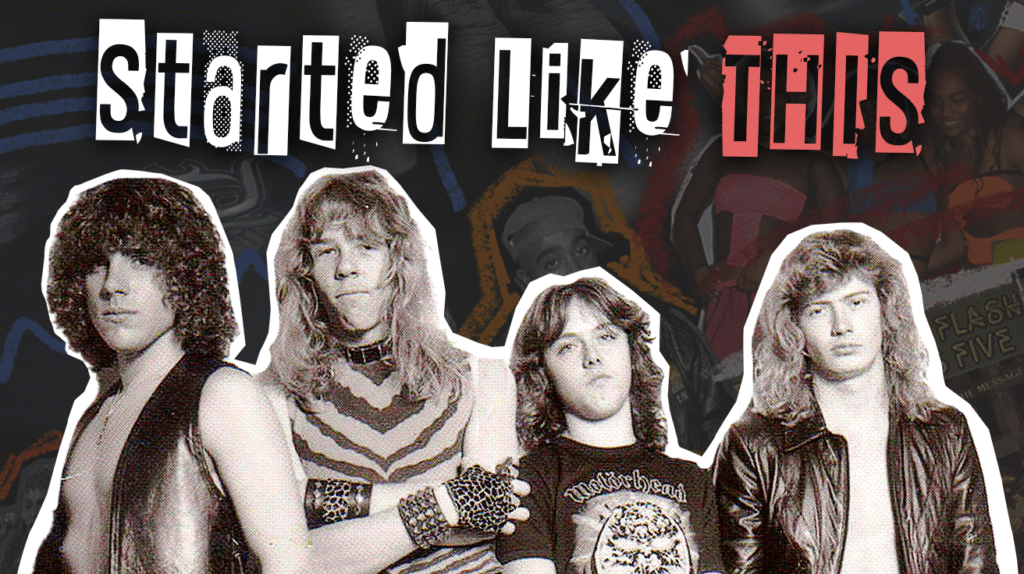
Those rock bands that shook off their old skins to reveal something new are the ones still headlining festivals, not just county fairs. These sonic makeovers weren’t overnight. They involved a mix of audacity, desperation, and maybe a new producer with a vision. This list spotlights bands that didn’t just tweak their sound—they detonated it, rebuilt it, and somehow came out bigger. From punk rockers turning pop crooners to metalheads discovering synthesizers, these transformations prove that in music, as in life, change can be the ultimate power move. Buckle up for sonic chameleons that redefined reinvention.
7. Goo Goo Dolls

Buffalo’s punk refugees became mainstream radio gold.
Metal Blade Records, known for heavy metal, dropped the Goo Goo Dolls‘ self-titled debut in 1987. Their early sound was more raw and punk-influenced than what you’d hear on a mom-rock playlist. Live shows were energetic, almost chaotic, and a far cry from the polished act they’d become.
Years later, A Boy Named Goo went platinum, marking their shift to Warner Brothers and mainstream success. Picture discovering their early work, surprised by the frenzied energy, like finding out your yoga instructor used to be a cage fighter. Their transformation remains a classic band reinvention, proving that sometimes, a sonic 180 can pay off.
6. Bring Me the Horizon
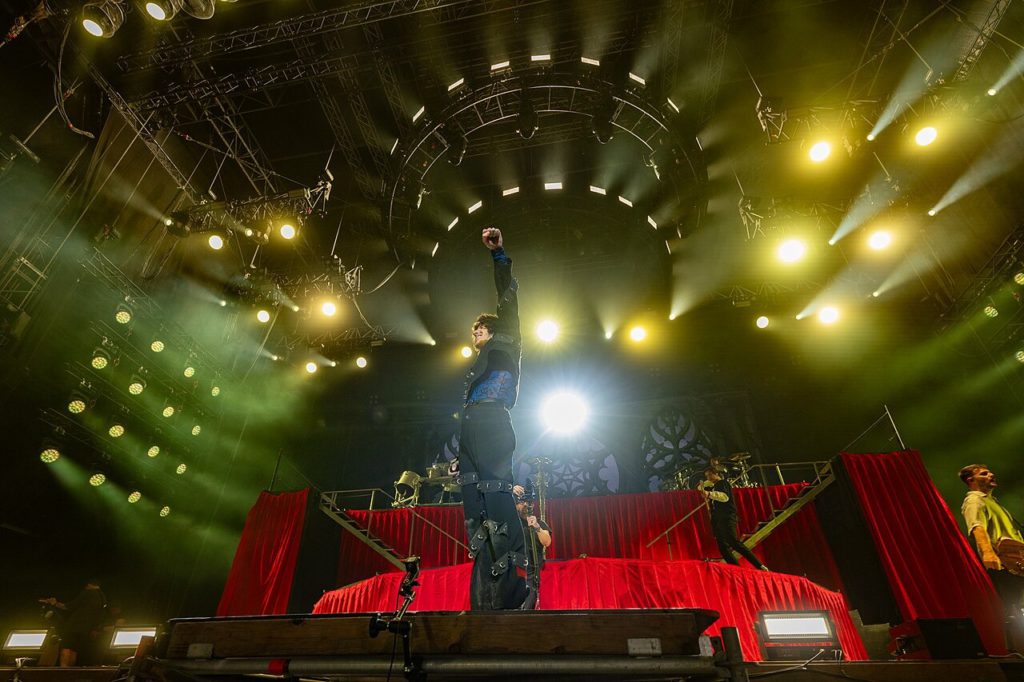
Deathcore screamers turned electronic pop experimentalists.
Early on, their sound landed squarely in deathcore: an extreme metal subgenre that blends hardcore punk with death metal, known for its aggression and guttural vocals. Count Your Blessings, the band’s debut, was a sonic Molotov cocktail, raw, chaotic, and heavy as hell. Picture someone slamming a metal door in a haunted house, and you’re halfway there.
Now, picture that same band years later, suddenly weaving in electronica and hip-hop beats. A longtime fan might blink in disbelief, like stumbling into the wrong dimension. Bring Me the Horizon became chameleons of sound, mixing genres like a DJ with ADHD, never settling, always morphing.
5. Journey
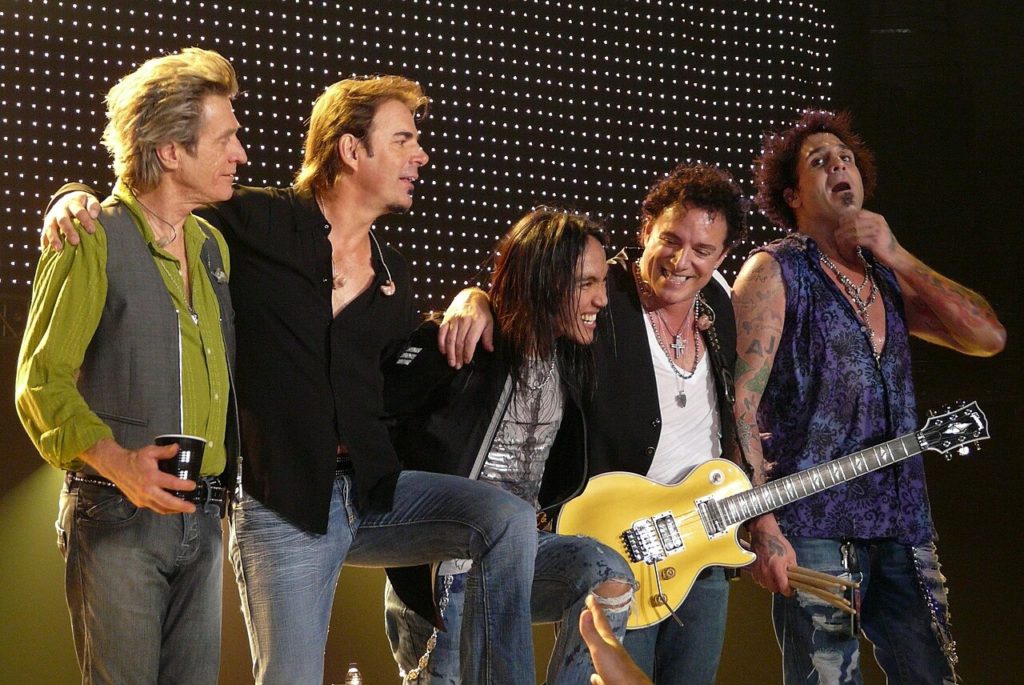
Jazz fusion virtuosos became arena singalong champions.
Remember when Journey sounded less like arena singalongs and more like a jazz fusion project gone delightfully sideways? Before Steve Perry’s vocals took over, they were fronted by Greg Rolie, with guitarist Neal Schon laying down lines that owed more to Mahavishnu Orchestra than Boston. Early albums leaned into instrumentals, which makes today’s inescapable radio hits feel like a whole other band.
Stumbling across their 1975 debut after only knowing “Don’t Stop Believin‘” is like discovering your dad’s actually got a black belt in krav maga: a total mind-blower. That early sound was distinctive, blending prog ambitions with jam-band energy before morphing into the soundtrack for every karaoke night since.
4. Pantera

Glam metal pretty boys became groove metal monsters.
Before they were cranking out “Walk” and shredding faces with Dimebag Darrell, Pantera’s debut with Phil Anselmo, Power Metal, showcased their glam metal roots. Think a love letter to Kiss and Van Halen, but with more hairspray and less subtlety. Picture stumbling into a Texas dive bar in 1988, expecting a fistfight, but instead finding four dudes in spandex belting out power ballads.
While it might not be the Pantera most fans know and worship, dismissing their early albums with Terry Glaze means missing the band’s chrysalis stage. Recognizing this period acknowledges that every band has to start somewhere—even if that somewhere involves more Aqua Net than amp wattage.
3. Beastie Boys
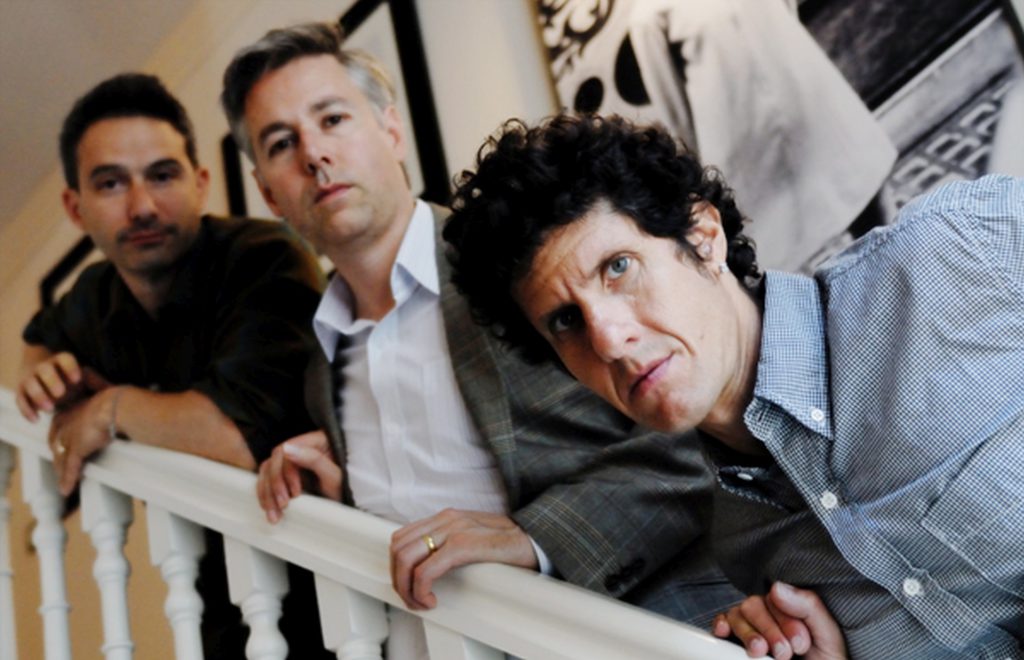
Hardcore punks became hip-hop pioneers.
Before they were rapping about “No Sleep Till Brooklyn,” the Beastie Boys were knee-deep in the New York hardcore scene. Their 1982 Polly Wog Stew EP is a testament to that punk spirit. The kind where everything’s fast, loud, and probably recorded in someone’s basement.
Picture thumbing through a crate of vinyl at a Brooklyn record store, stumbling upon that EP, and then cueing up “Egg Raid on Mojo.” You’d hear a raw, unfiltered sound worlds away from “Intergalactic.” Later, they’d revisit those roots with experimental tracks. Connecting those early days with their later phases? Now that’s a remix worth hearing.
2. Metallica

Thrash titans went Southern rock, then slowly crawled back.
Longtime listeners, used to 8-minute metal operas, felt betrayed when Load and Reload dropped, sounding more like Southern rock than thrash. Picture showing up to a Metallica concert expecting “Master of Puppets” and getting twangy guitar riffs instead.
The St. Anger era only added insult to injury. That infamous snare drum, sounding like Lars was banging on a metal trashcan, became a symbol of everything that went wrong. But hey, at least they course-corrected, proving even metal gods can find their way back to the mosh pit. If nothing else, they earned another platinum record for surviving their identity crisis.
1. Radiohead
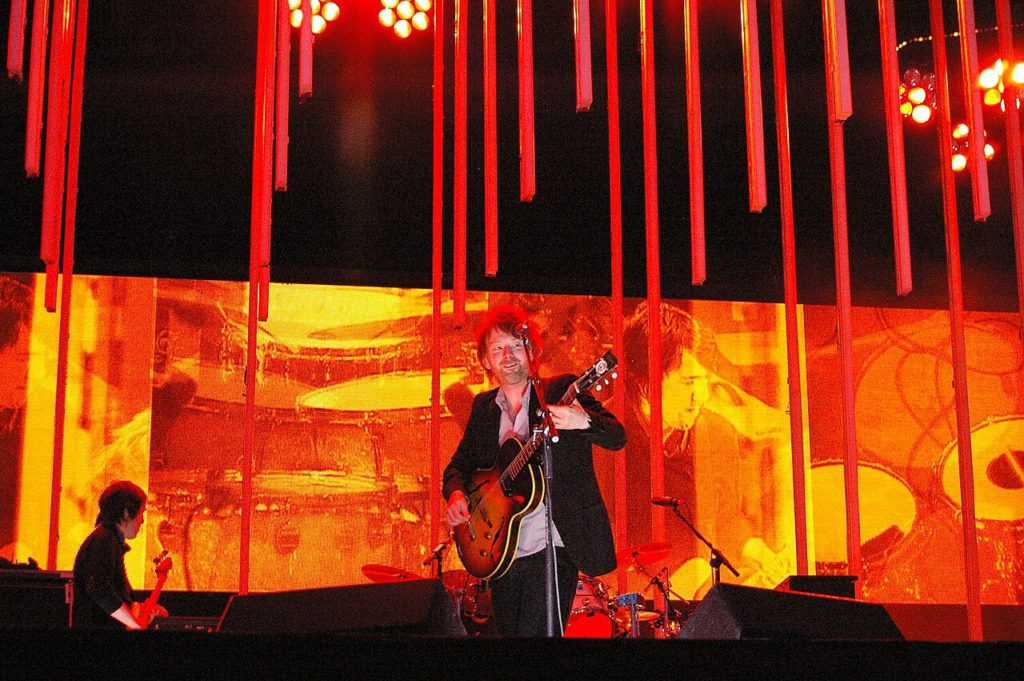
Alternative rockers became unclassifiable sonic architects.
Early fans moshed to “Creep,” but then OK Computer dropped, expanding their songwriting like a software update. Later, trying to describe their albums became a party game where nobody wins.
Got a buddy still calling Radiohead “that ‘Creep’ band”? They morphed beyond easy labels, dodging the pop star life to become art school heroes. Instead of chasing radio spins, they crafted unclassifiable soundscapes, proving they’re more interested in sonic exploration than playing the fame game.




